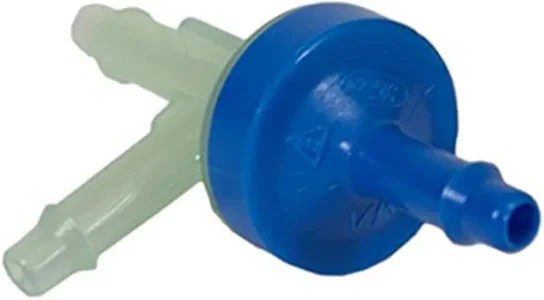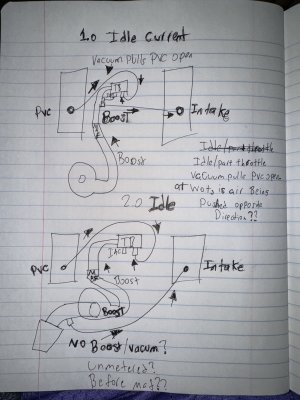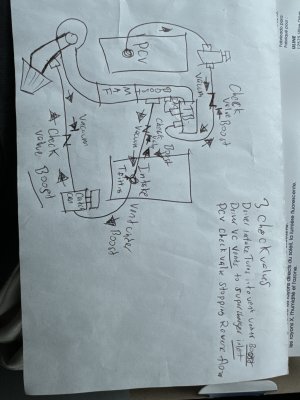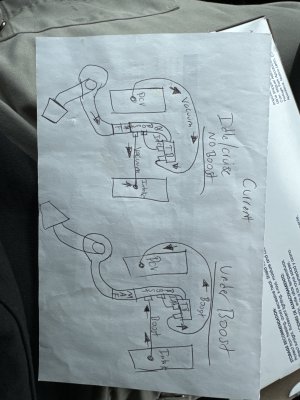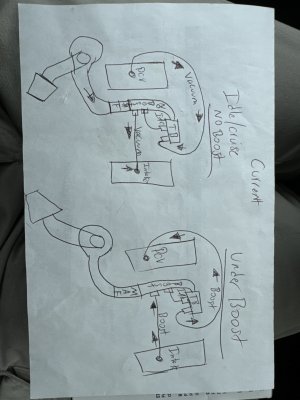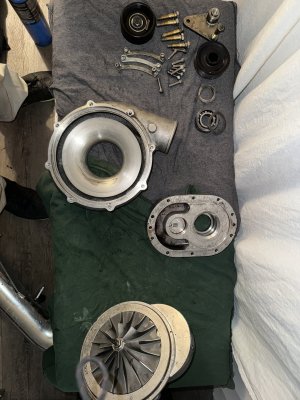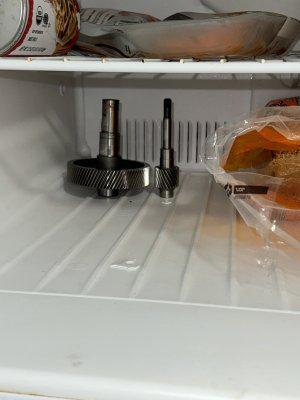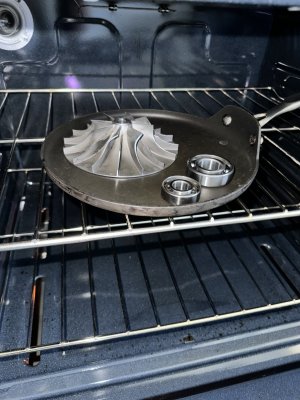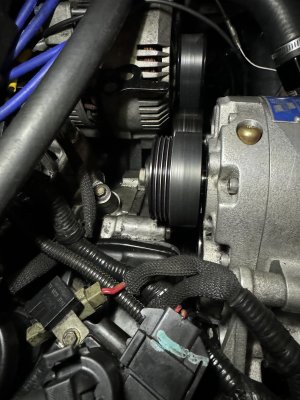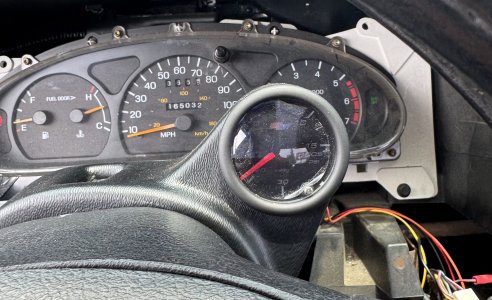I’m not sure exactly what pressure I’m getting at idle unfortunately, my post gauge for some reason isn’t readng, I have it T’d to the EGR valve and for some reason it isn’t giving me a reading. I’m assuming it’s not getting any vacuum or boost there. But I did find this one, it’s a billet case rated for up to 100psi but it’s not spring loaded like you said.

 www.addw1.com
www.addw1.com

Z Oil Catch Can Parts - Check Valve ( 0-100 psi )
Patent Pending ( Stander check valve )Naturally Aspirated (NA) Engine( Pro check valve ) Turbo or Supercharger Engine / 0-100 PSI Heavily modified Engine / 0-100 PSI Kit Includes:(1) check valve Aluminum ( Stander or Pro )(2) Worm Gear ClampsDurable anodized aluminum construction This can also...
 www.addw1.com
www.addw1.com

